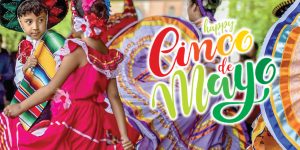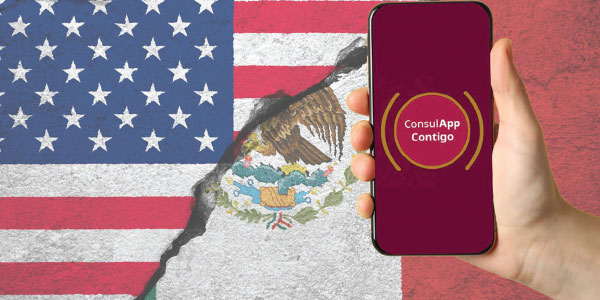
By Chara
Easter (observed on April 1 this year by non-Orthodox denominations) is typically considered a Christian holiday. But most of the festivities and symbols associated with the celebration come from pagan traditions, including one of its most iconic symbols – the Easter Bunny.
According to tradition, the Easter Bunny delivers candy, toys and eggs to children on Easter morning. Usually, the gifts come in a basket. In addition, Easter eggs are left in gardens. Many historians believe that the traditions associated with the Easter Bunny arrived in the United States with German immigrants who settled in the 18th century in Pennsylvania.
“They transported their tradition of an egg-laying hare called ‘Osterhase’ or ‘Oschter Haws,’ ” according to the website www.history.com. “Their children made nests in which this creature could lay its colored eggs. Eventually, the custom spread across the U.S. and the fabled rabbit’s Easter morning deliveries expanded to include chocolate and other types of candy and gifts, while decorated baskets replaced nests.”
Christians are divided over the issue of including the Easter Bunny in their Easter festivities. Many Catholics and Baptists include it in their celebrations. However, many Christian churches, such as the Lutherans, have decided not to include the symbol.
In Latin countries, the Easter Bunny isn’t considered a significant symbol. Families in Mexico, Cuba and Peru, for example, don’t usually include it in their celebrations. And such is the case for Latin immigrant Fernando Lopez.
“Our celebrations are mostly focused on Jesus and remembering him,” said Lopez, a Shawnee, Kan., resident. “Honestly, I never heard of the Easter Bunny until I arrived … (in) the United States.”
__________________________________________________________________________________________
Los orígenes del conejo de pascua
La Pascua (celebrada el 1 de abril de este año por las organizaciones no ortodoxas) es típicamente considerada una fiesta cristiana. Pero la mayoría de las festividades y símbolos asociados con la celebración provienen de tradiciones paganas, incluyendo uno de sus símbolos más emblemáticos: el Conejito de Pascua.
Según la tradición, el Conejo de Pascua entrega dulces, juguetes y huevos a los niños en la mañana de Pascua. Por lo general, los regalos vienen en una canasta. Además, los huevos de Pascua se dejan en los jardines. Muchos historiadores creen que las tradiciones asociadas con el Conejo de Pascua llegaron a Estados Unidos con inmigrantes alemanes que se asentaron en el siglo XVIII en Pensilvania.
“Transportaron la tradición de una liebre que ponía huevos llamada ‘Osterhase’ o ‘Oschter Haws’”, según el sitio web www.history.com. “Sus hijos hicieron nidos en los que esta criatura podría poner sus huevos de colores. Eventualmente, la costumbre se extendió a través de la repartición mañanera de Pascua del legendario conejo de EE. UU. Y se expandió para incluir chocolate y otros tipos de dulces y regalos, mientras que las canastas decoradas reemplazaron a los nidos”.
Los cristianos están divididos sobre el tema sobre incluir el Conejo de Pascua en sus festividades. Muchos católicos y bautistas lo incluyen en sus celebraciones. Sin embargo, muchas iglesias cristianas, como los luteranos, han decidido no incluir el símbolo.
En los países latinos, el Conejo de Pascua no se considera un símbolo significativo. Las familias en México, Cuba y Perú, por ejemplo, generalmente no lo incluyen en sus celebraciones. Y tal es el caso del inmigrante latino Fernando López.
“Nuestras celebraciones se centran principalmente en Jesús y en recordarlo”, dijo López, un residente de Shawnee, Kansas. “Honestamente, nunca oí hablar del Easter Bunny hasta que llegué a Estados Unidos”.










